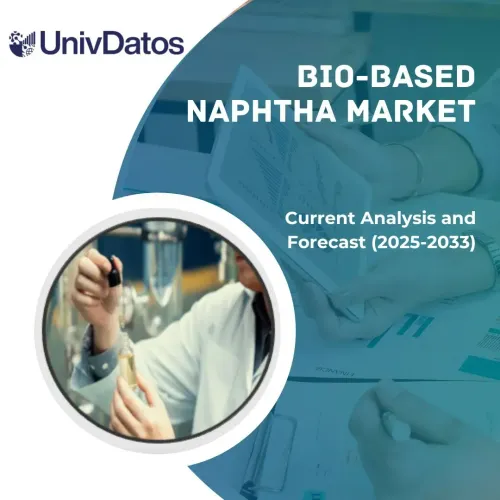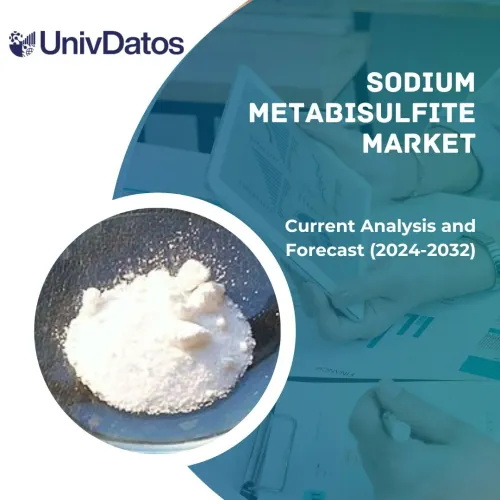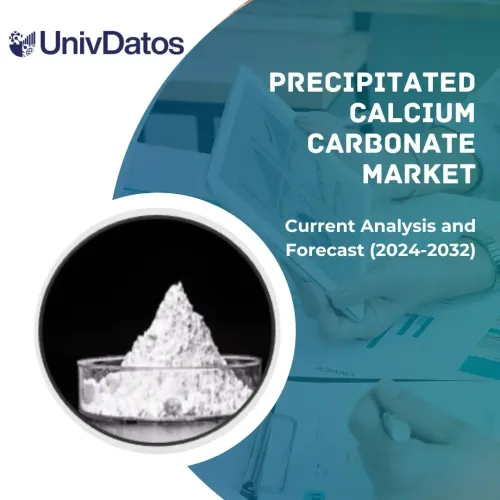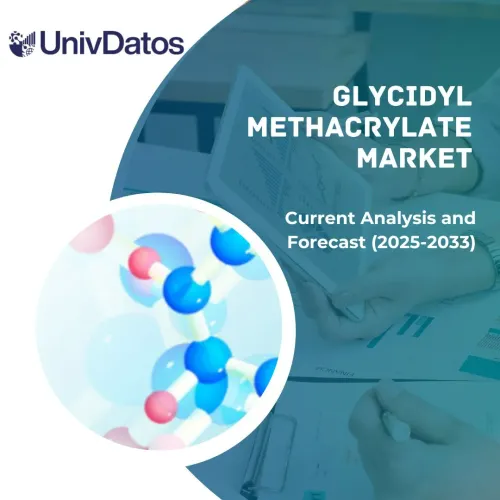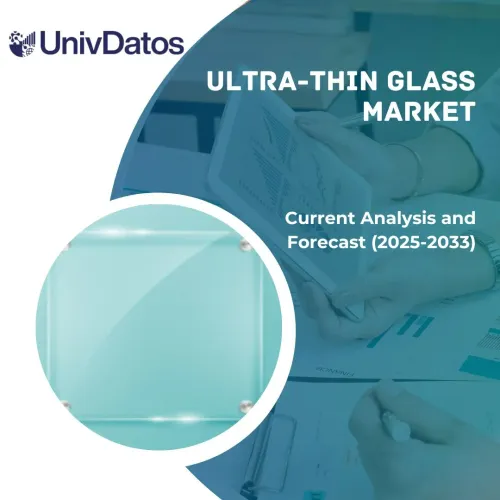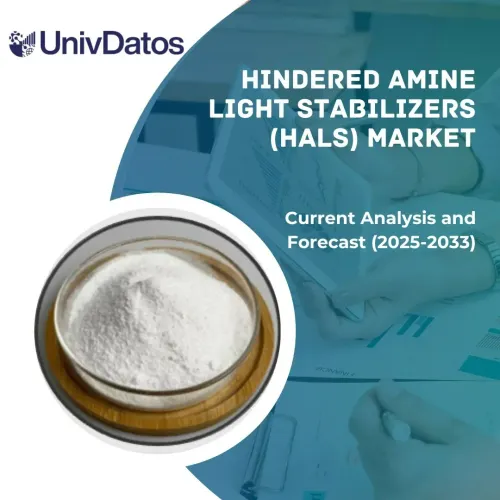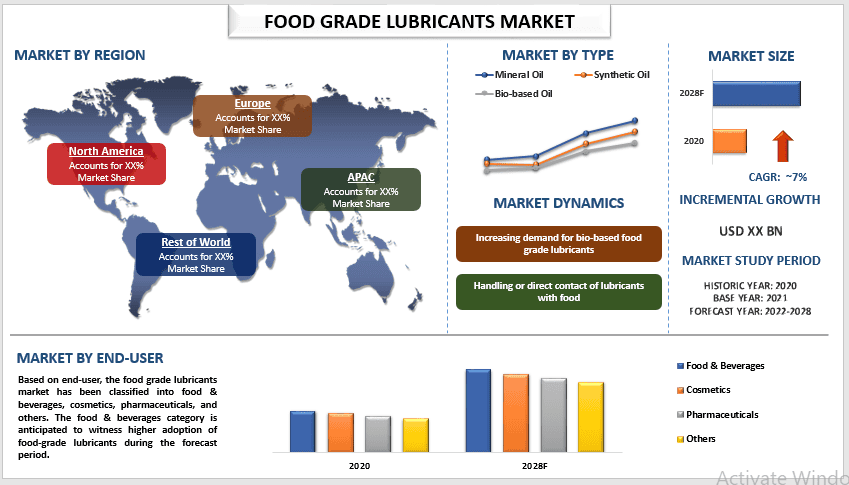
预计全球食品级润滑剂市场在预测期内将以约7%的显著速度增长。食品级润滑剂是指任何被认为对与人类或动物可能食用的物品发生意外接触是安全的工业润滑剂,如果其浓度不超过一定限度。近年来,由于食品和饮料行业的增长需求,对食品级润滑剂的需求急剧上升。许多主要参与者也在为市场的增长做出贡献。例如,加拿大石油公司于1月28日宣布推出PURITY FG合成压缩机油,这是其广泛的食品级润滑剂、润滑脂和特种流体系列的新增产品。
壳牌公司、道达尔能源公司、埃克森美孚公司、加拿大石油润滑剂公司、雪佛龙公司、英国石油公司、福斯润滑油公司、瑞典SKF公司、克鲁勃润滑剂慕尼黑公司、伊利诺伊工具制造公司是市场的一些主要参与者。这些参与者已经进行了多项并购以及合作,以帮助客户获得高科技和创新产品/技术。
报告中呈现的见解
“在类型中,矿物油类别预计在预测期内将见证强劲的复合年增长率”
根据类型,市场细分为矿物油、合成油和生物基油。矿物油类别预计在预测期内将见证更高的复合年增长率。因为它们适用于在120°F到150°F之间的温度下运行的机械,如液压系统。食品级矿物油润滑剂价格低廉且易于获得和使用。此外,食品级矿物油润滑剂的性能特征优于其他细分市场,这将促进市场的增长。
“在最终用户中,食品和饮料类别将在2020年占据市场的重要份额”
根据最终用户,食品级润滑剂市场已分为食品和饮料、化妆品、药品和其他。食品和饮料类别预计将在预测期内见证对食品级润滑剂的更高采用。这主要是因为它们不会对这些行业垂直行业的成品构成任何生理威胁或影响其气味和味道。此外,全球消费者对油籽、肉类、乳制品和啤酒等食品产品的需求显着增加。此外,食品和饮料加工机械面临劳动力增加,这通常会导致工业设备的过度使用和磨损。因此,食品和饮料行业正在增加食品级润滑剂的产量,以帮助维护这些工业设备。
“预计亚太地区在预测期内将以可观的复合年增长率增长”
2020年,预计亚太地区将在预测期内以可观的复合年增长率增长。这主要是由于高经济增长率以及对食品和饮料、制药和机械等行业的巨额投资推动了市场的增长。此外,低原材料价格和廉价劳动力的可用性或降低总体制造成本预计将进一步支持市场增长。此外,扩大亚太地区的食品加工业为相关利益相关者提供了利润丰厚的机会,这正在推动该地区市场的增长。此外,印度和中国等国家对食品安全的认识不断提高,这些国家的政府可能会出台食品安全法律,这将增加食品润滑剂市场的增长。因此,所有这些因素都在推动亚太地区市场的增长。
食品级润滑剂市场报告范围
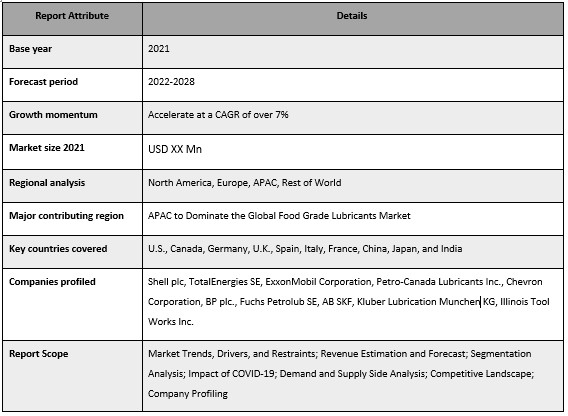
购买本报告的原因:
- 该研究包括经过认证的行业专家验证的市场规模和预测分析。
- 该报告快速概览了整体行业表现。
- 该报告涵盖了对主要行业同行的深入分析,主要关注关键的业务财务、产品组合、扩张战略和近期发展。
- 对行业中普遍存在的驱动因素、限制因素、关键趋势和机会进行详细检查。
- 该研究全面涵盖了不同细分市场的市场。
- 对该行业的深入区域级分析。
定制选项:
全球食品级润滑剂市场可以根据需求或任何其他市场细分进一步定制。除此之外,UMI了解到您可能有自己的业务需求,因此请随时与我们联系,以获取完全符合您要求的报告。
目录
食品级润滑剂市场分析的研究方法(2022-2028)
分析历史市场、估计当前市场以及预测全球食品级润滑剂市场的未来市场,是创建和分析食品级润滑剂在全球主要地区采用情况的三个主要步骤。进行了详尽的二手研究,以收集历史市场数据并估计当前的市场规模。其次,为了验证这些见解,考虑了大量的调查结果和假设。此外,还对全球食品级润滑剂市场的整个价值链中的行业专家进行了详尽的一手访谈。在通过一手访谈进行市场数据假设和验证之后,我们采用了自上而下/自下而上的方法来预测完整的市场规模。此后,采用了市场细分和数据三角测量方法来估计和分析与行业相关的细分市场和子细分市场的市场规模。下面解释了详细的方法:
历史市场规模分析
第1步:深入研究二手资料:
进行了详细的二手研究,以通过公司内部资料获得食品级润滑剂市场的历史市场规模,例如年度报告和财务报表、业绩演示、新闻稿等,以及外部资料,包括期刊、新闻和文章、政府出版物、竞争对手出版物、行业报告、第三方数据库和其他可靠出版物。
第2步:市场细分:
在获得食品级润滑剂市场的历史市场规模后,我们进行了详细的二手分析,以收集主要地区不同细分市场和子细分市场的历史市场见解和份额。报告中包括的主要细分市场包括类型和最终用户。进一步进行了国家层面的分析,以评估该地区测试模型的总体采用情况。
第3步:因素分析:
在获得不同细分市场和子细分市场的历史市场规模后,我们进行了详细的因素分析以估计食品级润滑剂市场的当前市场规模。此外,我们使用自变量和因变量进行了因素分析,例如各种类型和最终用户食品级润滑剂。考虑到全球食品级润滑剂市场领域的顶级合作伙伴关系、并购、业务扩张和产品发布,对供需方情景进行了全面分析。
当前市场规模估算与预测
当前市场规模测算:根据上述3个步骤的可操作见解,我们得出了当前的市场规模、全球食品级润滑剂市场的主要参与者以及各细分市场的市场份额。所有必需的百分比份额拆分和市场细分均使用上述二手方法确定,并通过一手访谈进行了验证。
估算与预测:对于市场估算和预测,为包括驱动因素和趋势、限制因素以及利益相关者可用的机会在内的不同因素分配了权重。在分析了这些因素之后,应用了相关的预测技术,即自上而下/自下而上的方法,以得出全球主要市场2028年不同细分市场和子细分市场的市场预测。用于估算市场规模的研究方法包括:
- 该行业的市场规模(以收入(美元)计)以及食品级润滑剂市场在国内主要市场的采用率
- 所有市场细分和子细分市场的百分比份额、拆分和细分
- 全球食品级润滑剂市场的主要参与者,按所提供的产品划分。此外,这些参与者为在快速增长的市场中竞争而采取的增长战略
市场规模和份额验证
一手研究:对主要地区的关键意见领袖 (KOL)(包括高层管理人员 (CXO/副总裁、销售主管、市场主管、运营主管、区域主管、国家主管等)进行了深入访谈。然后总结了初步研究结果,并进行了统计分析以证明提出的假设。将初步研究的输入与次要发现相结合,从而将信息转化为可操作的见解。
不同地区主要参与者的划分
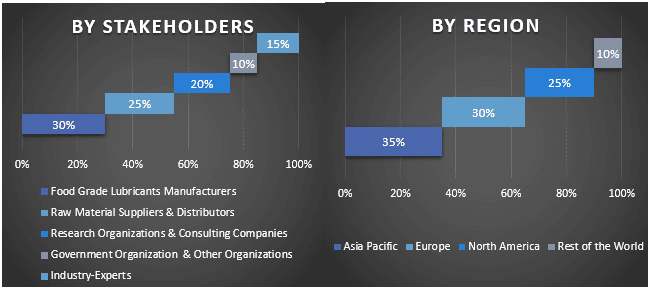
市场工程
采用数据三角测量技术来完成整体市场估算,并得出全球食品级润滑油市场每个细分市场和子细分市场的精确统计数字。在研究了全球食品级润滑油市场中类型和最终用户等各个参数和趋势后,数据被划分为几个细分市场和子细分市场。
全球食品级润滑油市场研究的主要目标
研究中指出了全球食品级润滑油市场的当前和未来市场趋势。投资者可以获得战略见解,以根据研究中进行的定性和定量分析来做出投资决策。当前和未来的市场趋势决定了市场在区域层面的整体吸引力,为行业参与者提供了一个平台,以利用尚未开发的市场,从而受益于先发优势。研究的其他定量目标包括:
- 按价值 (USD) 分析食品级润滑油市场的当前和预测市场规模。此外,分析不同细分市场和子细分市场的当前和预测市场规模
- 研究中的细分市场包括类型和最终用户领域。
- 定义和分析食品级润滑油的监管框架
- 分析涉及各种中介机构的价值链,同时分析行业的客户和竞争对手行为。
- 分析主要区域的食品级润滑油市场的当前和预测市场规模。
- 报告中研究的主要国家/地区包括亚太地区、欧洲、北美和世界其他地区。
- 食品级润滑油市场的公司概况以及市场参与者为在快速增长的市场中保持竞争优势而采取的增长战略
- 对行业的深入区域级分析
相关 报告
购买此商品的客户也购买了

